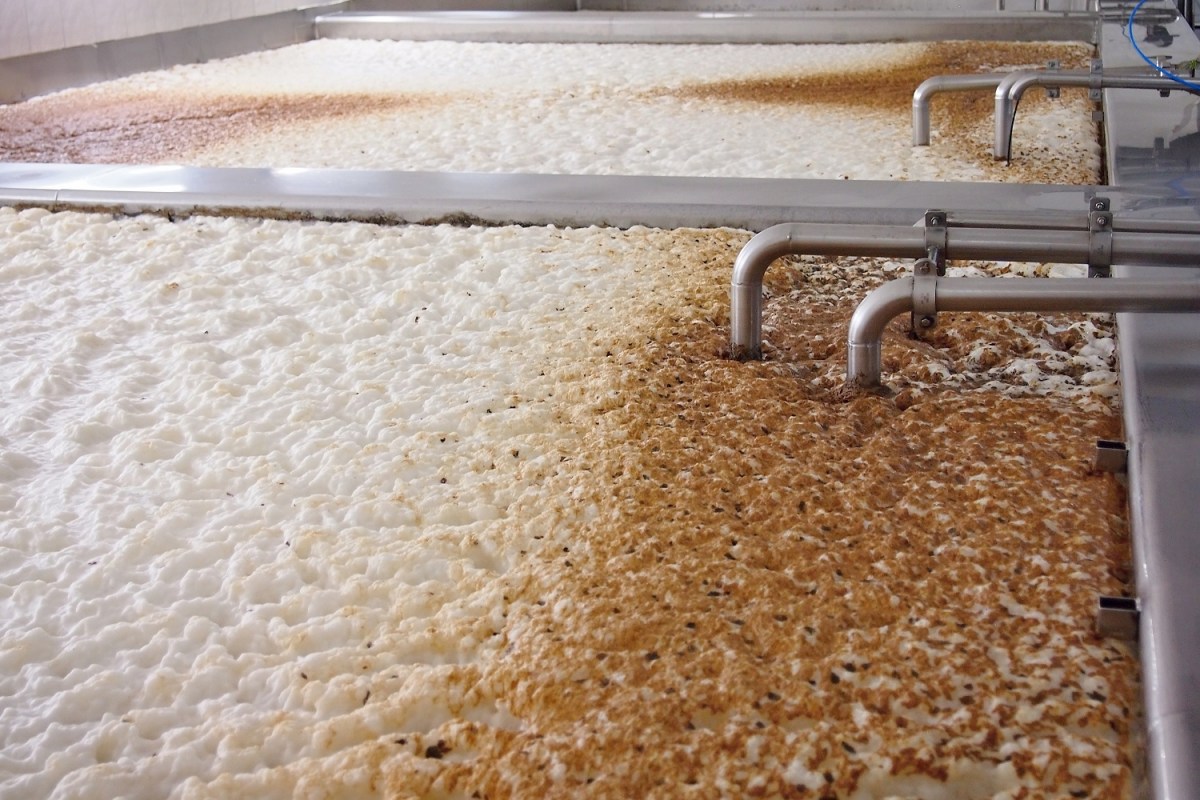In her continuing series of sensory-focused columns, Briony Liebich explores the multi-faceted impact of brewer’s yeast in unlocking the flavours of beer.
Any brewer will tell you; brewers make wort and yeast makes beer. Yeast contributes most of the perceivable aroma and flavour compounds in a final beer, from the clove-like phenols of Belgian ales to the crisp, cleanness of lagers and everything in between. In the hop-forward world of American IPAs, the choice of yeast can be a flavour gamechanger, with some brewers opting for ale yeasts that complement the citrus and tropical fruit notes of American hops, enhancing the overall fruity and aromatic profile of the beer.
It is the symbiotic relationship between yeast and bacteria that plays a crucial role in conducting the symphony of flavours that captivate beer lovers worldwide.
THE MAIN YEAST FAMILIES
The workhorse yeast species is Saccharomyces cerevisiae – better known as ale yeast – and it has been used in brewing and breadmaking for thousands of years. Only in the last 150 years, have scientists understood yeast behaviour and the different yeast strains at play. Before that, fermentation was considered to happen purely by luck, chance or magic. Now that yeasts can be isolated, identified and propagated, brewers have an array of choices to deliver consistent characterful beers and exciting flavours.
Brewer’s yeast is a single-celled microscopic fungus responsible for transforming sugars into alcohol and carbon dioxide. Yeast strains are categorised based on genetics and observable characteristics like fermentation temperature, flocculation (technical term for how easily yeast clumps together), attenuation (how readily sugars are transformed into alcohol) and fermentation flavour compounds.
Key differences leading to ale and lager yeast classifications are that lager yeasts perform better at lower fermentation temperatures and their ability to metabolise certain sugars.
Dominant and diverse ale yeast S.cerevisiae ferments better at warmer temperatures above 13°C with the potential to produce many flavour components; fruity esters, spicy phenols and higher alcohols. Common fruity esters are banana-like isoamyl acetate and apple-like ethyl acetate. When someone says “Belgian ale character” they are alluding to spicy clove or pepper phenols or fruits which can be plum, raisin or citrus which can all be derived from specific yeasts.
At some point in history, S. cerevisiae hybridised with a cold-tolerant yeast strain and we got what is known as the lager yeast strain, S. pastorianus. German brewers found it could ferment at low temperatures close to freezing where ale yeasts would struggle. At low temperatures, fewer flavourful by-products are created by lager yeasts producing beers with a clean flavour profile.
The widespread popularity of German Pilsners and Munich Helles are celebrated lager styles for their crisp profiles and low levels of esters and phenols, allowing the malt and hops to shine.
ON THE WILD SIDE
Other yeast strains and bacteria can add complexity and unique flavours to certain beer styles. Welcome to the world of sour, wild and farmhouse ales.
Brettanomyces, often referred to as “Brett,” introduces funky and complex flavours, including earthy, smoky and barnyard notes. It is a key player in the production of sour and wild ales, such as Lambics. It works at a slower pace than Saccharomyces, with the ability to metabolise longer chain sugars allowing for long-term flavour development.
Beers with Brett tend to have a dry finish. Brett can be intentionally added or present in the atmosphere or fermentation vessel in styles such as Gueze, saisons, traditional old ales and experimental sours. In other styles, it may be considered a spoilage organism.
A group of lactic acid bacteria, including Lactobacillus and Pediococcus, contribute sourness to beers. They are essential in the production of Lambics, Berliner Weisse and other tangy styles. They both produce lactic acid, imparting a clean, sharp acidity like yoghurt while Pediococcus is known for slower and more complex fermentation, contributing additional buttery diacetyl, goaty or sweaty aromas depending on the strain.
Another souring agent is Acetobacter which converts alcohol into acetic acid in the presence of oxygen. It can add pickle or vinegar aromas and create ethyl acetate giving a solvent character. It’s important in Flanders style red and brown ales and may be in wood-aged beers. Intentionally sour beers such as these are meant to be refreshingly tart but should never taste like harsh vinegar.
STYLE-DEFINING STRAINS
Belgium, a haven for beer diversity, owes much of its beer culture to specific yeast strains. Belgian ale yeasts, often producing high levels of esters and phenols, create a rich tapestry of flavours. The fruity esters blend seamlessly with spicy phenols, offering complexity in beers like Trappist ales and Belgian strong ales.
Some yeast strains create distinct banana and bubble gum aromas and flavours, which can be found in German weissbiers. Weizen yeast also produces phenolic compounds giving notes of clove spice. These strains which have low flocculation clump and settle out late in the fermentation process, and when bottled unfiltered, leave the desired cloudy hazy appearance suitable for the German-style wheat beer.
TREASURE TROVE OF OPTIONS
In the breadth of brewer’s yeast and associated bacteria, brewers find a treasure trove of possibilities. Each yeast strain brings its unique flavour profile, shaping the sensory properties of beers across the spectrum from crisp lagers to complex wild ales.
The artistry lies in the hands of brewers who, armed with a knowledge of taxonomy, can unlock the flavour code and craft beers that not only adhere to traditional styles but also push the boundaries of what beer can be.
Each beer style has its yeast story, shaping the narrative that we savour in every glass.

